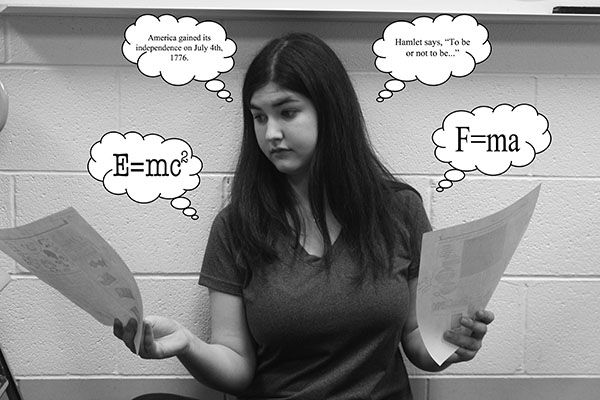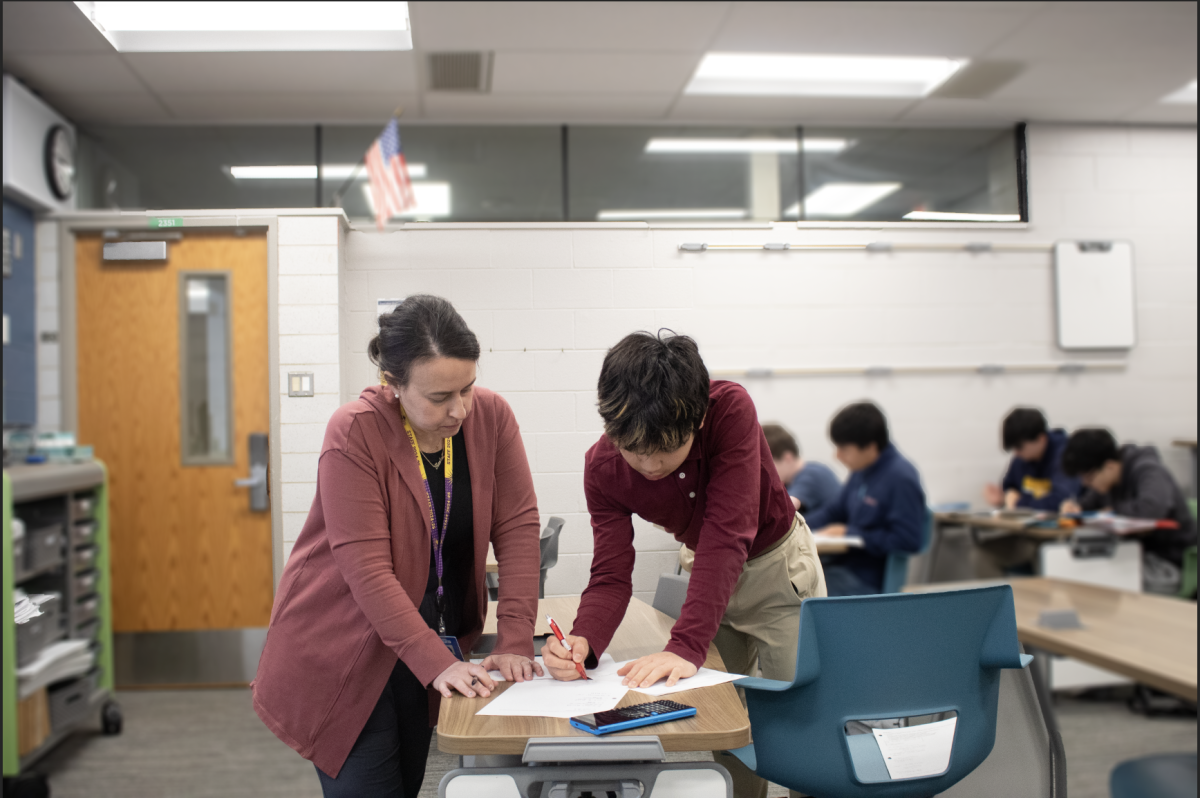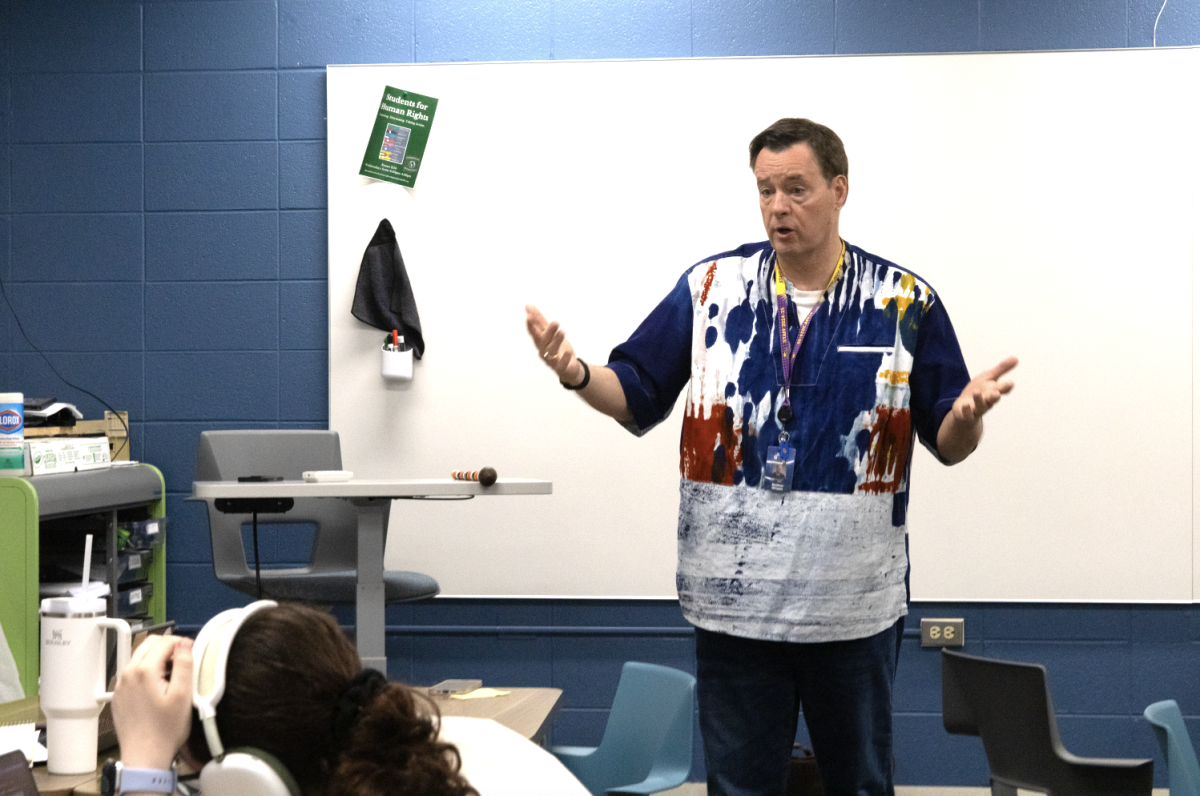Students take an average of 113 standardized tests from pre kindergarten to their senior year of high school, according to the Council of Great City Schools. Many of these tests are used to assess student knowledge as they move from grade to grade; the most recent wave of tests adopted assess the Common Core standards. Members of the South community comment on the effect it has on the classroom as a number of teachers teach towards content on the test in order to improve their students’ scores.
Math teacher Sharon Sheehan explains that the increasing pressure on the importance of exams is partially due to the growing importance of the Common Core standards.
“A lot of textbooks now are becoming more aligned with the Common Core,” Sheehan said. “I don’t have a problem with the Common Core standards, but the testing piece is where it becomes much more difficult.”
Sheehan went on to express her displeasure with the amount of time the tests, such as the newly-added PARCC test, usually take. In addition, Sheehan notes that it can put an expectation on the teachers to “teach to the test”.
“If we were choosing between two topics where one was really cool and interesting and the other one was not quite as cool and interesting, but it was on the test, in this situation we would bow to the topic that is on the test,” Sheehan stated.
For AP classes, teacher Elizabeth Lupfer adds that the majority of the pressure to teach towards content on the test comes from either the students or their parents. She explains that in her AP European History classes, often times the course is strictly dictated by preparing for the AP Exam. She described that this can often limit her potential to go “outside of the box” in the curriculum.
“I feel the most pressure [comes] from students that want to do really well on the AP exam because they want that four or five,” Lupfer explained. “My philosophy is that tests, specifically multiple-choice tests, are not a really good way to focus and teach. I like to use problem-based learning instead, and I try to fit that into the course when I can.”
In contrast to the core subjects, students cited the Fine Arts electives as a place to relax and let their creativity flow, since many of them technically do not have standardized tests they must teach to. According to Amie Elliott, photography teacher, these electives are a total change from traditional “teaching to the test” methods that are much more prevalent in academic classes.
“I think [kids can relate] to photography because everybody has phones, and they [usually have] been taking pictures for a long time,” Elliott said. “[Students] feel like they have the basics covered, so they can try more [styles].”
Sophomore Michelle Omega says she prefers a class with creative learning instead of “teaching to the test” because although it may interfere with potentially better exam grades, the long-term benefits and rewards to learning without memorization ultimately outweigh the negatives. She cites her Advanced Algebra class as being a good experience for creative learning in her time at South.
“In Algebra II, [our teacher], Mr. Greenspan showed us how to figure out the unit circle on our own so that instead of just memorizing it and forgetting it in a year or two, we actually learned how to solve the problem and other problems like it,” Omega said. “I liked that method and just creative learning in general a lot more because it taught us the value of figuring out something on your own.”
While trying to exemplify teaching strategies, such as the one previously mentioned by Omega, Sheehan explains that her belief in de-emphasizing tests conversely comes from the reaction she has to the mainstream emphasis on academic tests. She describes that culture today often tells schools that the only way to prove they are doing better than before is to both raise test scores and improve as they continue to attempt to move forward.
“I think test scores are just one tiny piece of how good a school, or a teacher or a student is doing,” Sheehan explained. “At the end of the day, there are always going to be other variables that will affect how well a student does on a test.”








